| Structure | Name/CAS No. | Articles |
|---|---|---|
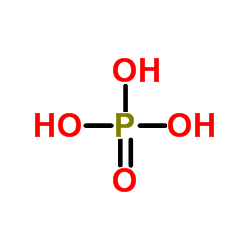 |
Phosphoric acid
CAS:7664-38-2 |
|
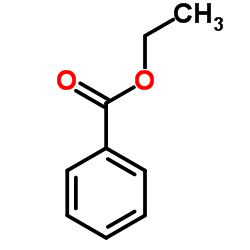 |
Ethyl benzoate
CAS:93-89-0 |
|
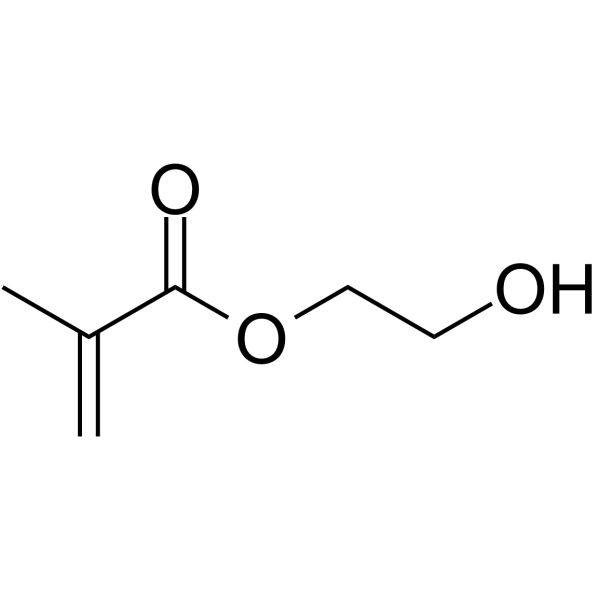 |
2-Hydroxyethyl methacrylate
CAS:868-77-9 |
|
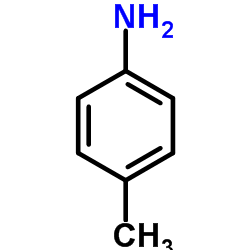 |
p-Toluidine
CAS:106-49-0 |
|
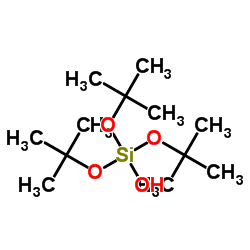 |
Tris(2-methyl-2-propanyl) hydrogen orthosilicate
CAS:18166-43-3 |